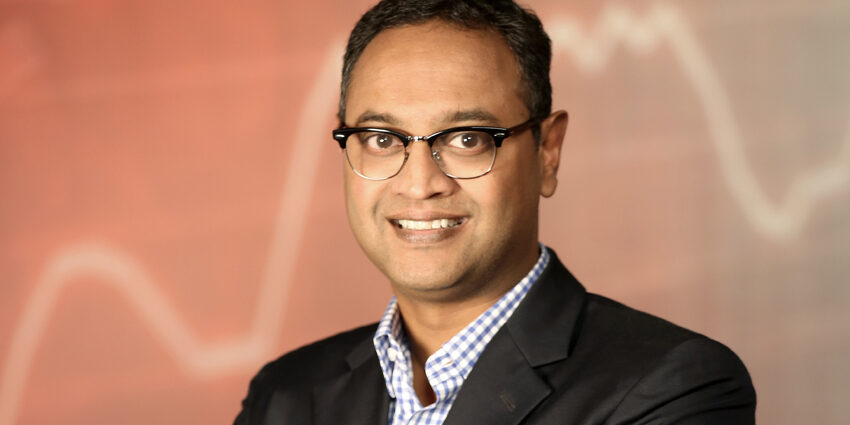Govindraj Ethiraj is a television and print journalist, who has reported and written on Indian business for over 25 years. He is a media executive and entrepreneur whose ventures are safeguarding the transparency, accuracy, and integrity of the internet in general and news in specific in India and worldwide.
Most recently, he founded BOOM, fake news busting initiative that tracks and debunks viral hoaxes in real-time, oftentimes preventing community violence by stopping rumours that stir up ethnic hatred.
He also founded the award-winning IndiaSpend, a public interest journalism outfit which use data to write and syndicate stories in areas like health, education and environment, and FactChecker, which monitors media, politicians and other figures for accuracy.
BOOM and FactChecker were India’s first verified members of the International Fact-Checking Network (IFCN), a part of the Poynter Institute. IndiaSpend is a member of the Global Investigative Journalism Network (GIJN). Govindraj was named a 2018 McNulty Prize Laureate in recognition for his leadership with BOOM, IndiaSpend and FactChecker.
Govindraj also anchors seasonal shows on Indian news television – the current one being ‘Aegons of Business’ featuring conversations with young entrepreneurs on BloombergQuint and earlier the weekly ‘Policy Watch’ on public service broadcaster Rajya Sabha or RSTV.
Previously, he was Founder-Editor in Chief of Bloomberg TV India, a 24-hours business news service launched out of Mumbai in 2008. Prior to setting up Bloomberg TV, he worked with Business Standard newspaper as Editor (New Media), and before that, Govindraj spent five years with television channel CNBC-TV18 where he actively drove most of the channels’ programming growth and expansion.
Prior to television, he worked in print in The Economic Times and leading business magazines. He is a Fellow of the Inaugural Class of Ananta Aspen’s India Leadership Initiative and the Aspen Global Leadership Network, and a winner of the 2014 BMW Responsible Leaders Awards.
Govindraj began his discourse by reemphasizing the fact that Donald Trump gave birth to the word, which has become extremely controversial. In a rather interesting submission, Govindraj said, “Fake news is often driven by structure and design.”
Govindraj while talking about the various strategies to counter fake news focused on the importance of classic journalism in doing so. On-the-field checking is very important to determine if a piece of news is fake or not. He took an example to illustrate this point. Recently, a piece of news spread that Javed Akhtar didn’t receive an award that he was supposed to receive. Therefore, Govindraj and his team confirmed it directly from Javed Akhtar’s wife Shabana Azmi that the piece of news is indeed fake.
According to Govindraj, as part of busting fake news, it is very important to explain things. He also said that people should seek information about a particular subject only from its expert and not from anybody else. Govindraj agreed that a large part of mainstream media is indeed biased and hence can’t be believed on face value. As part of the responsibilities of an aware citizen, it is important to look at all piece of information with a lot of suspicion and cynicism.
The other aspect that Govindraj talked about is the creation of specialized sources to authenticate or verify the information. He added that while the internet can’t be converted into a safe space, the way one interacts with the internet can be made safe with a bit of caution. Govindraj pointed out one more rather interesting angle. He urged people to not bother themselves with an information overdose. At times, we take in information that we can’t handle. To deal with fake information, Govindraj appealed to the teaching community to develop critical thinking amongst the students.
The author, Pritha Sarkar is associated with Adamas University Media School







